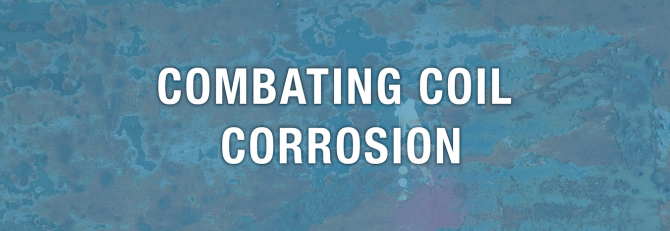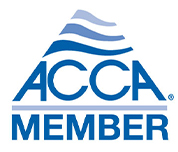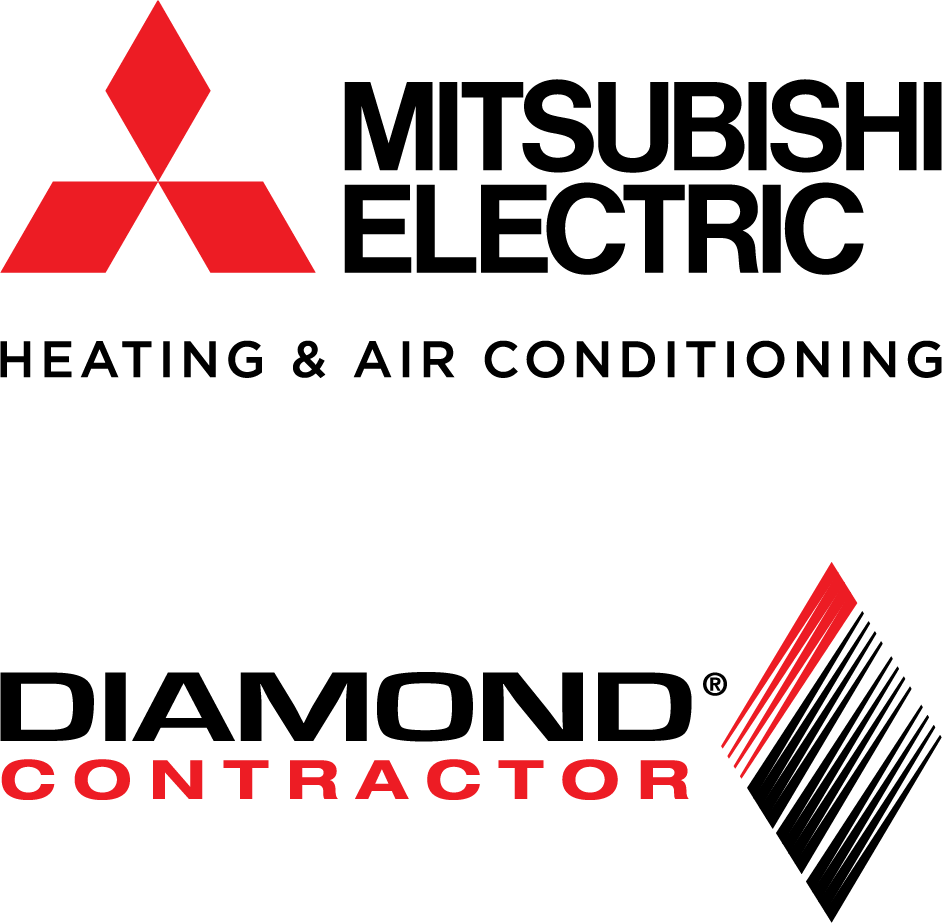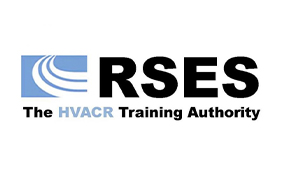Back to blog
Combating Coil Corrosion

A recent study showcases an alarming bit of evidence with regard to coil corrosion within HVAC systems in homes or office buildings. There are two basic kinds of corrosion that coils experience. The first is pitting corrosion, which is often caused by exposure to fluoride or chloride.
Fluoride can find its way into the fold via municipal water supplies while chloride on the other hand is found in such “everyday” products as snowmelt, detergents, cleaners, carpeting, and assorted fabrics. Pitting corrosion occurs when chloride or fluoride ions find their way to the metal of the coil through condensate. These chloride and fluoride ions literally attack the metal tubing of the coils which can form pits that lead to pinholes which causes the system to leak refrigerant – a serious issue from a few different vantage points…
Formicary corrosion, which can also cause pinholes, is generally caused by exposure to acetic or formic acids which are present in (again) such “everyday” products as cleaning solvents, insulation, aerosol sprays, wallpaper, adhesives, cosmetics, disinfectants and deodorizers, tobacco and wood smoke, paints, plywood, and many other pretty basic materials around the house. Formicary corrosion appears as multiple pinhole leaks at the surface of the metal (copper tubing) that are NOT visible to the naked eye.
As stated in the study; “While the potential sources of agents that can cause pitting corrosion in indoor coils are numerous, there is increasing evidence showing the home environment to be a primary contributor to coil corrosion. The trend in home construction is to improve energy efficiency by making homes “tighter.” This decreased ventilation results in higher concentration levels of indoor contaminants. In addition, environmental refrigerant mandates now heighten the awareness that all leaks be located and repaired.”
This is an issue.
There are three conditions required for formicary corrosion to occur:
- The presence of oxygen
- The presence of a chemically corrosive agent (organic acid)
- The presence of moisture
So how are companies looking to combat corrosion in the coils of their HVAC related products?
There are four common coil “coating” materials that wrap the tubing and protect against negative environmental stimuli. This includes:
- Polyurethane
- Epoxy
- Flouropolymers
- Silane
Another proposed remedial effort is to increase the thickness of the copper coil pipes.
All of these have unique problem sets.
Carrier has found and proven that the best combative material that protects against coil corrosion is tin plating. Extensive Carrier testing has proven that tin plating is effective against corrosion. Simply thickening the pipe only prolongs the saturation and deterioration served by corrosive agents. The tin plating barrier called ArmorCoat prevents the attack from occurring by providing a legitimate, proven barrier against the corrosive agents – making your HVAC system stronger, safer, and more efficient.
If you have questions or think your antiquated equipment may be suffering from the ill effects of corroded coils, contact Suburban Companies today.














